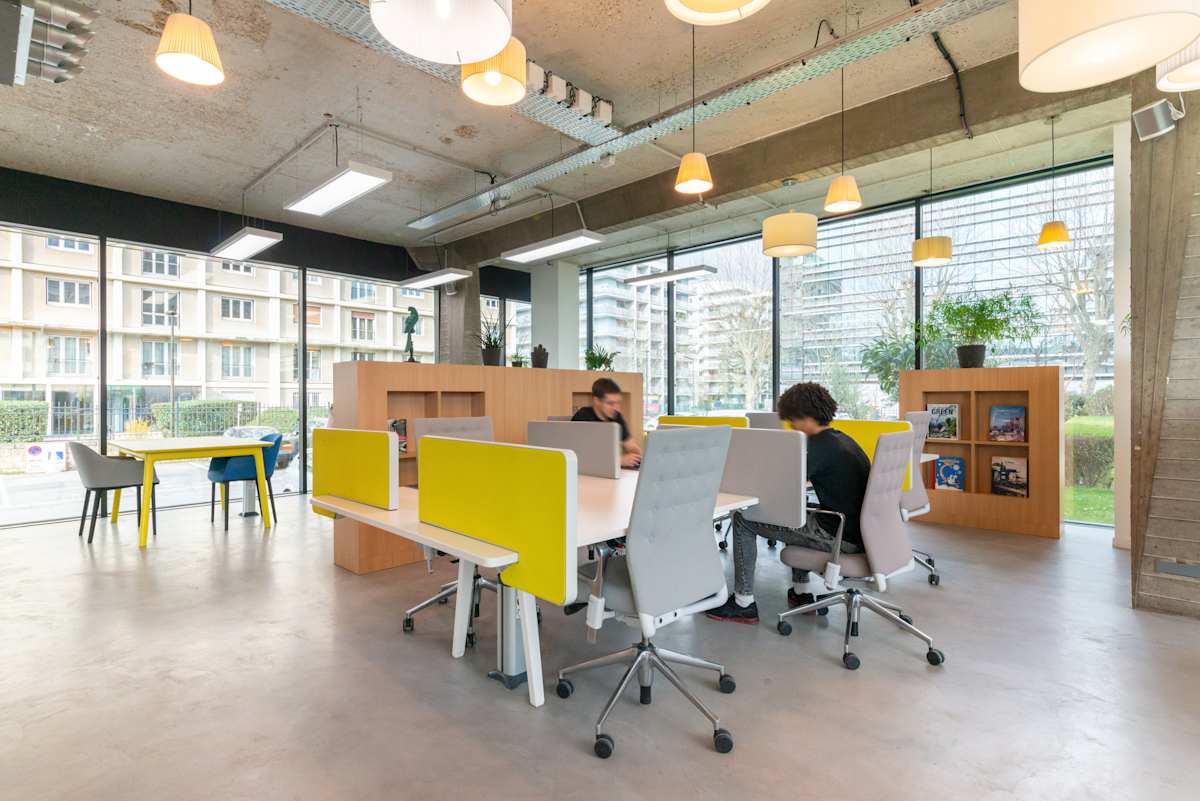COMMUTER TOWNS SET TO BOOM FROM HYBRID WORKING CASH INJECTION
- Commuter towns are set to hugely benefit as the advent of hybrid working brings significant job creation and increased local spending
- The number of office workers in commuter towns could increase by up to 175% in the UK and 60% in the U.S., as businesses shift permanently to hybrid working.
- It is estimated that local GDP in smaller communities could grow by up to 3% in the US and 6% in the UK as a result of changing working and migration patterns.
- IWG has added over 600 new locations globally in the first three quarters of this year, to meet the growing demand for high-quality flexible workspace particularly in the heart of local communities
New research from IWG, the world’s largest provider of hybrid working solutions with brands including Spaces and Regus, and Arup reveals a significant economic shift poised to redefine commuter towns bringing greater opportunities.
Evaluating the impact of hybrid working on local economies in both the UK and the U.S., the study predicts additional jobs, heightened local spending, and a redistribution of economic activity in commuter towns.
With long commutes increasingly a thing of the past and hybrid working now standard for up to 40% of all workers, the research suggests there has been a surge in the workforce of commuter towns as hybrid working allows people to work closer to home, with a potential increase of presence of office workers of up to 175% in the UK and 60% in the U.S. over the next 20 years, compared to pre-Covid levels.
If IWG and Arup’s figures are applied to the whole of the U.S. and the UK, it would suggest that local GDP could grow by up to 3% and 6% respectively in smaller communities, as a result of changing working and migration patterns.
Local economies set for boost as hybrid workers could rise by up to 175% in local towns
Technology empowers white collar workers to do their jobs productively no matter where they are, and as a result there has been a shift to more localised working. In the hybrid model, companies benefit from greater productivity with Professor Bloom of Stanford’s research showing productivity gains amount to 3-4% while employees enjoy a better work-life balance. IWG research revealed that half of employees would quit if forced to commute long distances on a daily basis.
As a result of the permanent shift to hybrid working, local towns in the U.S. will see presence of white-collar workers increase by up to 60%. Locations with historically larger white-collar commuter populations and fewer local white-collar jobs are set to benefit the most, as workers recognise that they are able to work closer to home and from local workspaces, without the long commute – ultimately further increasing local spending.
Westport, Connecticut, a town with traditionally high levels of white-collar residents, will see significant daytime population change. The continued and accelerated uptake of hybrid working could see the local presence of this skilled workforce increase by up to 72% according to the report.
Meanwhile, commuter towns in the UK could experience up to a +175% increase in white-collar workers presence by 2043, working either from home or from flexible workspaces, with those choosing to work closer to home in local flexible workspaces increasing presence of office workers in town by up to 44% compared to locally employed white-collar workers. This figure is higher in the UK because a larger proportion of UK workers in these towns are commuters who will relocate a significant proportion of their working time to offices closer to where they live.
Take Chippenham, a town with traditionally low levels of white-collar employees and a large number of resident white-collar workers that commute to other locations will see significant daytime population change, compared to pre-Covid levels. The continued and accelerated uptake of hybrid working could see this skilled workforce presence in town increase by up to 120% according to this latest report.
Commuter towns set for $58m / £15.8m of additional spending by hybrid workers
The higher concentration of white-collar workers provides a cash injection for the commuter towns in which they are working. The report estimates that towns in the US could see annual spending from residents increase by $10.3m to $20.7m in 2043, with projections in the UK ranging from £6.1m to £10.8 per town due to inbound migration of higher earning residents.
Increased local spending from hybrid workers could bring in total up to $270-$585 million yearly by 2043 into the local economies of selected US towns, while spend from office workers would increase by +16% to +36% (£7.2m and £15.8m) per year in 2043 for the average of the 10 selected UK commuter towns.
The report states that the increase in local spend would support an average of 10,400 existing local face-to-face jobs per town for each of the 10 U.S. towns and may generate a further 200-430 jobs per U.S. town in face-to-face industries, by 2043. In the UK, the increase in spending would offer security to around 5,800 existing local jobs per town and support the creation of a further 135 to 266 jobs per town in the same timeframe.
Demand for co-working spaces to rise
Hybrid working offers employees the flexibility to choose where and how they work, which is highly valued by workers in the UK and the U.S. In the UK, previous research by IWG found that 72% of hybrid workers said they would only consider new jobs and roles that allowed them to base themselves at workspaces closer to home for part of the week.
In the first three quarters of 2023, IWG added 612 locations across the world, including 300 in the USA, with the vast majority in suburbs and commuter towns such as Harpenden, Winchester and Inchinnan.
Recent research by IWG and Arup (Hybrid working and changes to where people live and work, 2022) showed that hybrid working has already led to significant movement. This report confirmed that around 30–40% of all workers on both sides of the Atlantic work in a hybrid schedule during the week, a level which has remained stable since the start of 2022, suggesting a permanent shift.
As a result of this movement, demand for co-working and office space in towns may rise significantly. The new report outlined the potential need for additional office space to accommodate this evolving work landscape, projecting between 57,000 and 180,000 sq. ft in the average U.S. commuter town and 39,000 to 135,000 sq. ft in the average UK town by 2043 may be needed to meet the additional demand from hybrid workers.
Mark Dixon, CEO of IWG commented Mark Dixon, CEO of IWG commented: “The migration to hybrid is one of the most important forces at play in the world today as workers increasingly embrace the opportunity to work locally, bringing significant opportunities to the economies of local communities as well as creating a better work-life-balance for employees.
Hybrid working is radically reshaping the geography of work. This latest research highlights that it is having a profound and lasting impact on the make-up of communities and the geography of towns, and cities.
Suburbs, dormitory towns and rural communities everywhere are being revitalised and this trend will continue to accelerate over the coming years.
Matthew Dillon, Director, Arup added: “Our work has shown that embracing hybrid working in commuter towns can help breathe new life into local centres. And longer term, hybrid working could also benefit major cities, by giving firms access to wider labour markets, and freeing up capacity to allow for economic growth."
Changing role of city centres
The report stresses that gains to commuter towns will also provide new opportunities for major cities, as they evolve to meet changing needs of workers in the hybrid age.
The reduction in demand for traditional office space in city centres will also allow those spaces to be reimagined and regenerated for leisure, housing and other purposes, with the potential to revitalise the areas and improve infrastructure.






